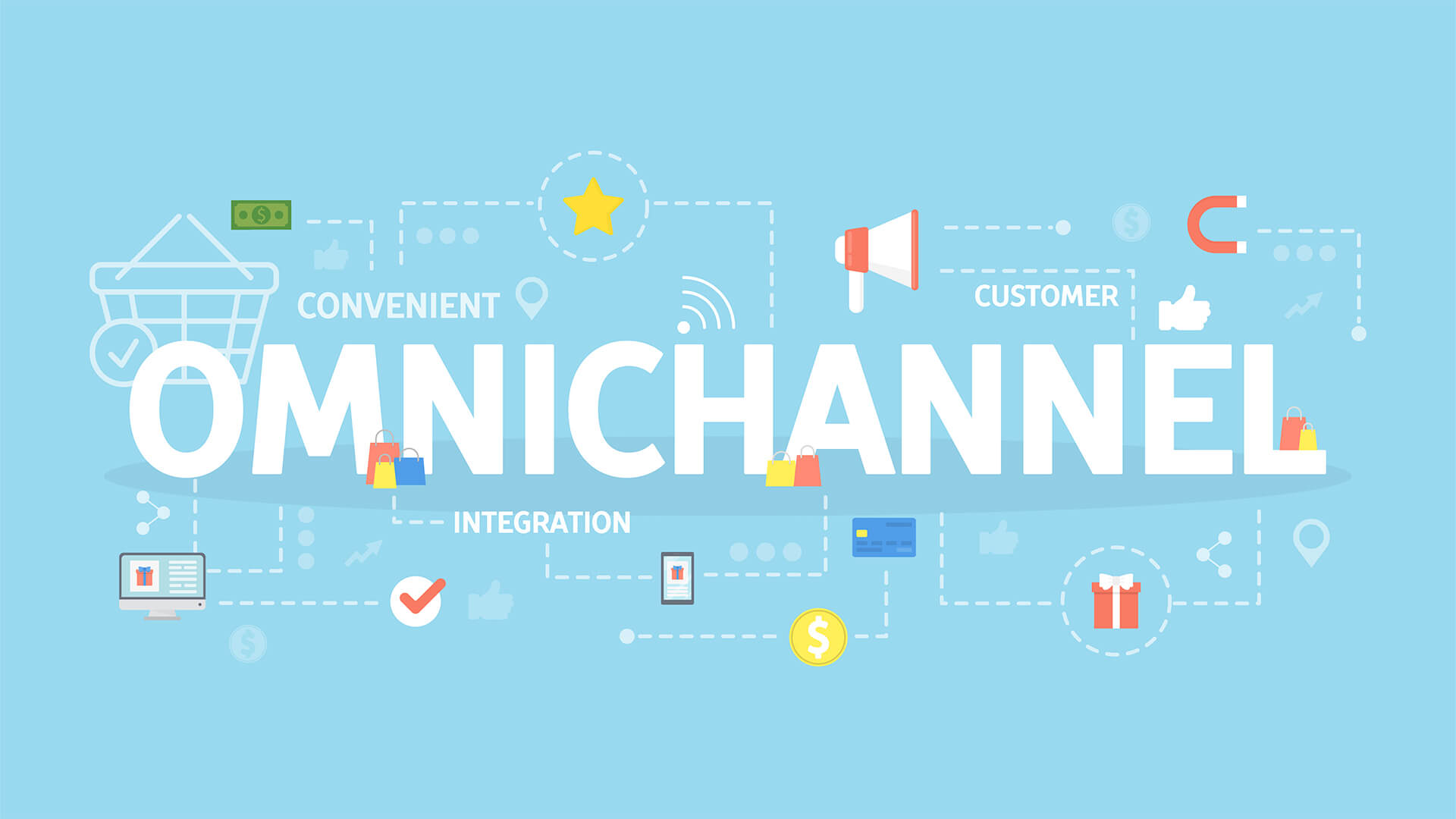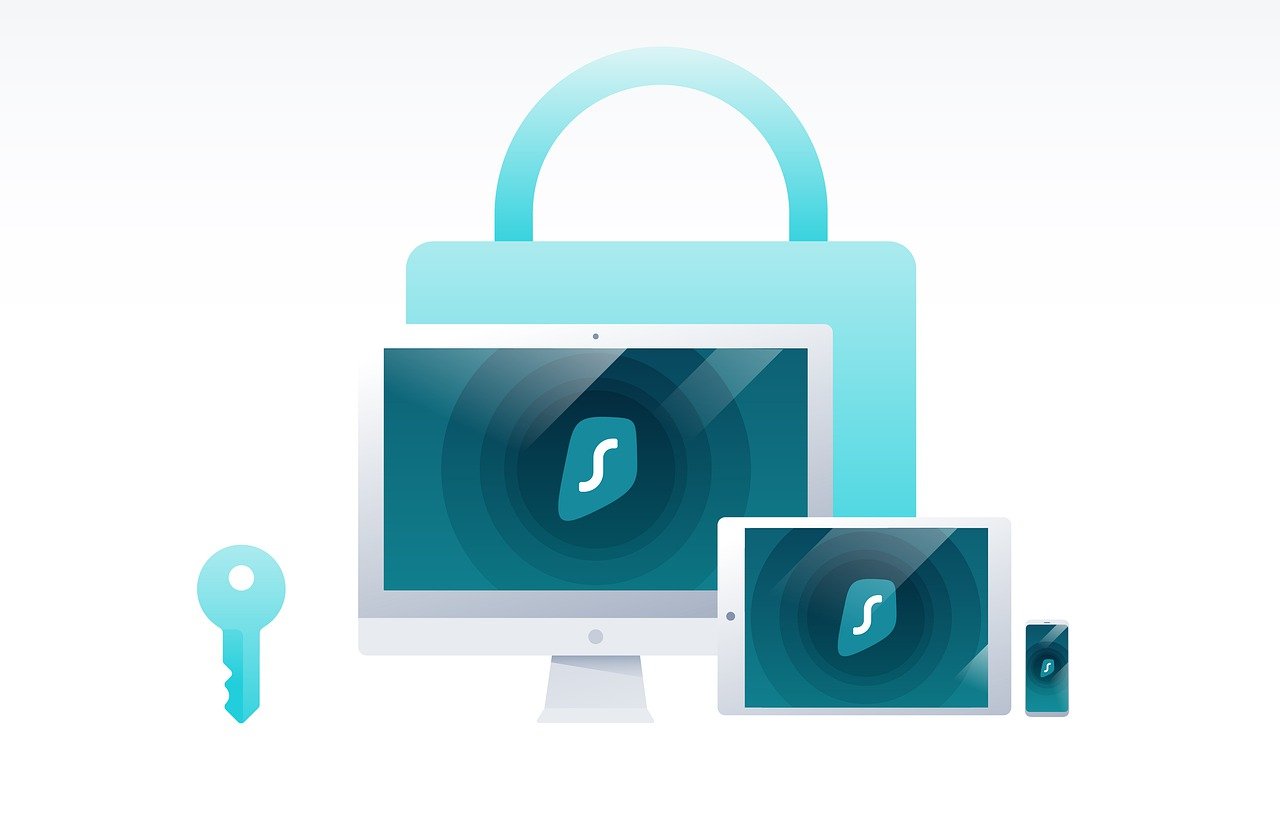By Laura Brown, head of demand generation at Esendex
If you are looking to connect the dots across your digital and physical presence, it’s important to have an effective omnichannel strategy in place – one that places the customer at the core, whilst also recognising the different ways in which shoppers may wish to connect and engage in dialogue with your business.
Delivering a cohesive and consistent brand experience across all of your sales and marketing channels is no easy task, but these simple steps can help you feel more confident in the experience you’re offering.
Step 1: Explore the possibilities of SMS
As technology evolves, consumers’ daily lives become busier and the platforms they use to engage with their favourite brands continue to change. There are 897 million mobile email users worldwide, yet SMS remains underused and often overlooked by many businesses trying to get their message heard (often in favour of email marketing).
But how can you make your messages stand out?
We recommend keeping things personal by including your customer’s name, referencing their location, and – if relevant – information on their recent activity such as purchases, subscriptions or event attendance. Dynamic fields make it easier for brands to customise fields such as name, date, or location without additional admin work – which is great considering 91% of consumers are more likely to shop with brands that provide some level of personalisation.
Messages should remain short and punchy, with a clear call to action, and should always include a way for your customers to opt-out at any time, should they wish to.
Step 2: What about WhatsApp?
WhatsApp has become the centre of gravity for billions of users around the world, whether used for messaging a loved one, family or connecting with employees. As a business, it’s important to meet customers where they are, which means WhatsApp can become one of the most important marketing channels in your strategy. Thanks to the addition of Whatsapp Business (launched in 2018), it’s now easier than ever to utilise.
With WhatsApp Business you can offer the following:
- The ability for firms to communicate with their customers at scale
- Automated responses
- Real-time monitoring of conversations
- Conversion analytics
- Customisable message templates
- End-to-end encryption and data privacy
Your customers will first have to opt-in to WhatsApp communications before they can receive messages from you and then you can utilise the channel to engage with customers directly.
Step 3: Engage in two-way conversations
Engaging in actual conversations with your customers can often be overlooked, but two-way communication with your customers guarantees a fully interactive experience and can strengthen brand loyalty.
Since the pandemic we have further relied on technology for receiving information and answering our requests. Studies have revealed that 69% of people would rather use their phone than approach an in-store employee and when they’re ready to interact there’s an expectation for the communication to be frictionless and fast.
Omnichannel chat is one way to bolster this, allowing for customer service and marketing teams to enjoy multiple, simultaneous, two-way, mobile-focused conversations with shoppers through a variety of digital communication channels. Automated answers to regularly asked questions can also be deployed, meaning you can offer this service 24/7.
Step 4: Measure the performance of campaigns
Implementing effective KPIs to understand if your sales, marketing and advertising campaigns have been effective are a hugely important element of your strategy.
KPIs will differ from company to company, but is likely to include:
Website traffic: Through Google Analytics’ data you will be able to measure the number of visitors, bounce rate and duration of user activity on your site, alongside a range of other metrics.
Conversion rate: Calculating the number of conversions divided by the total number of visitors is a great way to moderate the effectiveness of a campaign, especially if your conversion rate is between the typical 2% to 5%.
Customer lifetime value: A very important metric to consider as it allows you to calculate the most profitable customer sector by analysing the total net profit you earn from every customer.
Net Promoter Score (NPS): A widely used market research metric that indicates how likely customers are to recommend a brand to their friends, family and followers on social media. A high score highlights a good level of trustworthiness and brand loyalty.
Other specific KPIs may also come from customer feedback surveys and ratings.
Step 5: Become an early adopter of new technologies
Being flexible and adaptable with your strategy is the key for success. Technology is continually evolving with new platforms gaining traction and existing platforms expanding their functionalities.
By keeping your eye on the ball and becoming an early adopter of new technologies, you can offer your customers even more options to connect with you and maintain an advantage over your competitors.











